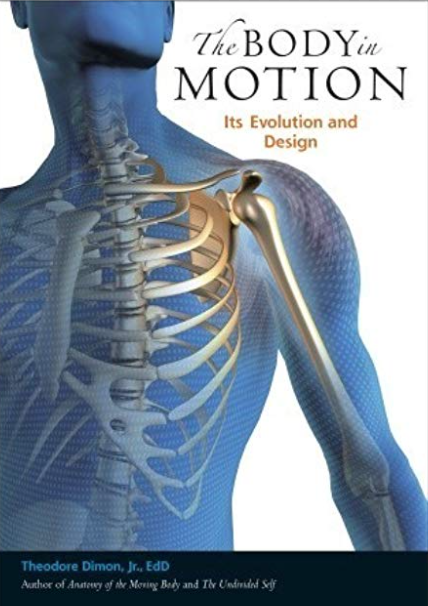
My aim in composing this etude arose from an interest in exploring the sound of ascending perfect 5ths over ii-V7-I chord changes. And in my explorations, I also discovered an easy and practical way to use chromatic passing tones to help make my melodic line have a nice, flowing sound and feel. Take a look at the example above.
I begin with two ascending perfect 5ths starting on the root of the ii chord (“D” from the Dm7 in the example). The fourth note is an Eb, which functions as a chromatic passing tone that leads to the E natural on the third beat of that measure. I then descend with two fourths: E natural to B (perfect 4th); then the B descending a tritone to the F natural. I then use an F# as a chromatic passing tone that leads up to the G natural in the second measure, which continues upwards with two perfect 5ths (G moving to D; D moving to A).
As a variation from the original four-note pattern, I add another G natural as the fourth note, which then connects chromatically with the Ab on the third beat of the measure. Starting on the Ab, I move downward in perfect fourths (Ab, to Eb, to, Bb, to F natural). Not only does this pattern of 4ths compliment and “mirror” the quality of the previous perfect 5ths, but it also adds a good deal of altered tension over the V chord (G7); specifically: -9, (Ab), -13 (Eb), +9 (the Bb functioning as an enharmonic version of A#), and 7 (F natural).
The F natural goes on to connect (again, via half-step) to the E natural (the 3rd of the CMaj7 chord) in the third measure, which once more starts the ascending perfect 5ths pattern. The fourth note of the measure (Bb) is used as a chromatic passing tone that resolves to A natural, then the line ends with a mix of perfect 5ths and major seconds. There is most definitely an “angular”, more “modern” sound to the melody, but it fits easily within the harmonic structure, and has enough other elements to vaguely hint at the bebop language.
If you’d like to explore using wider intervals in improvisation, please consider my e-book, The Vertical Saxophone (which, by the way, is applicable to any melodic instrument). If you’re interested in going more deeply into how to use chromatic passing tones to connect melodic ideas, please consider my e-book, Four-Note Diatonic Triad Cells. And if you’d like to work through some unique ideas you can apply specifically over the ii-V7-I harmonic progression, please consider another of my e-books, ii-V7-I: 40 Creative Concepts for the Modern Improviser. For a free, downloadable pdf of this etude, click the link below:



